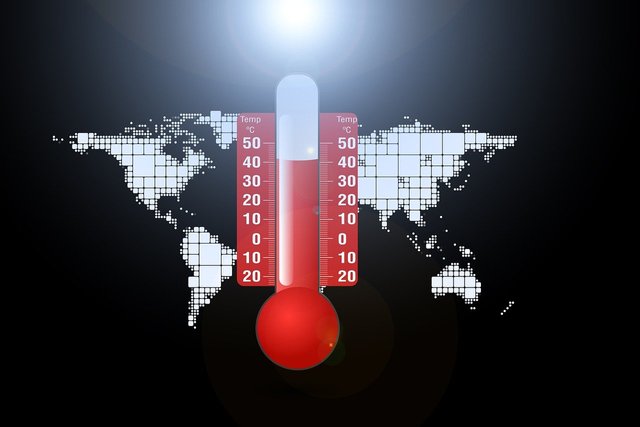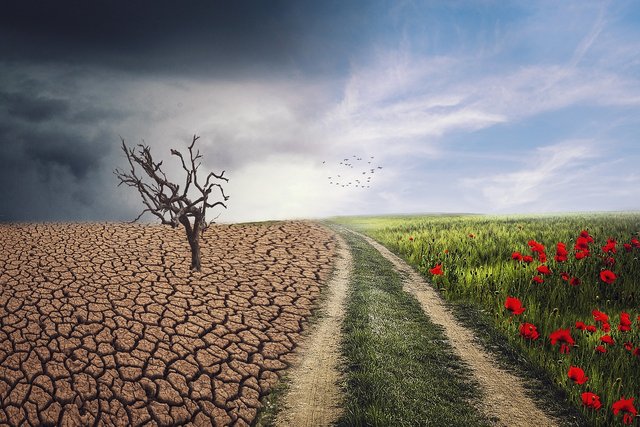
Climate change is a sever problem which is facing the world today. Has effects on many system one of them is the agricultural system. The following sectors are most affected because they are sensitive to weather and climate conditions: The paper aims to describe the effects of climate change on farming with discussion of the problems and opportunities for the solutions of these issues.
Effects of climate change: temperature and precipitation schedules.
Another area is either the change in average temperature and or rainfall; this is among the most direct effects of climate change on agriculture. Heat stress by enhanced temperatures also implicates crop yield and quality by causing stress in them. For instance, crops such as wheat and maize are very vulnerable to temperatures and whenever the temperatures rise, there reduced yields by almost half.
Also, the pattern of rainfall alters and this may result to either drought or excessive rainfall and both are unfavourable for crops. Drought and water scarcity onsite shorten water supply needed for agriculture whereas flooding supplies oversaturated the soil washes out nutrients.
There Is Higher Frequency of High-Impact Weather Events
Climate change is also linked with a change in the cyclone frequency and intensity of hurricanes, floods, and heat waves. These events are able to cause severe impacts on agricultural areas and cause crop failure and death of livestock. For instance, floods can erode top soil; an important factor in farming, while heat affects animal yield through heat stress. This implies that farmers are always in a blind fold when it comes to planning and scheduling their activities in the agricultural sectors.
Pests and Diseases
Temperature variations together with changes in precipitation can also affect the incidence and distribution of pests and diseases. The majority of pests prefer warm cli¬mates, and when the temperatures rise, pests that have not affected crops in a region earlier can do so. In the same manner, alternations in humidity and rainfall can provide a favourable environmental condition especially in transferring seed born plant diseases. These can result to higher crop yields losses and enhanced application of pesticides with several negative implications to the environment and the economy.
Soilsession
Since soil health is important in sustainable agriculture then any changes to the climatic conditions may have negative impacts. Soil degradation through erosion, loss of organic matter, structure and other related effects may result due to higher temperatures and changed precipitation regimens. For instance, the rains that can result to soil erosion, in an instance, deplete the nutrient layer of the soil, commonly known as the topsoil while the droughts that limit soil moisture also affect the fertility of the soil. Soil health is crucial in ensuring crop productivity and due to climate change this resource is under threat.
Water Availability
Water is essential in the agriculture business, and climate change is likely to affect it. Spatial and temporal variability of precipitation can result to some areas experiencing water shortage and hence farmers cannot be able to supply water to the crops. Moreover, with the higher temperature evaporation tends to be higher hence limiting the availability of water still further. This scarcity can limits the choices of farmers and they can either have to turn to more inefficient means for irrigation or reduce the land under production; this negatively impacts the general yield.
Adaptation Strategies
However, there are the following possible adaptation measures that farmers can use to effect the changes in climate on agriculture. These include.
Climate Smart Agriculture: Measures of the adaptation of climatic change including crop management practices, reduced tillage among others and pest control.
Improved Irrigation Techniques: Employment of water conserving practices such as the use of drip irrigation to water the crops in a efficient manner.
Soil Conservation Practices: Many techniques such as use of cover crops, crop rotation and use of trees in agriculture among other practices that would build the soils strength and avoid soil erosion.
Early Warning Systems: The intelligent use of climate predictors to estimate the occurrence of severe conditions that may hinder operations.
Research and Development: Intensifying research to come up with improved planting material, which can do better in adverse climate such as drought and heat stress.
Consequently, climate change remains a challenge to agriculture as it impacts on yields, soil fertility, water, pest and diseases.But by embracing climate-smart agriculture practices, and use of technologies, farmers can improve on their production in rain fed areas in the event of climate change. Implementing practices that increase resilience to climate change, such as crop diversification, conservation tillage, and integrated pest management.
Using efficient irrigation methods like drip irrigation to conserve water and ensure crops receive adequate moisture. Adopting practices like cover cropping, crop rotation, and agroforestry to maintain soil health and prevent erosion.
I wish everyone good health and end today's content here.

I invite you to support @pennsif.witness for growth across the whole platform through robust communication at all levels and targeted high-yield developments with the resources available.
 Click Here
Click Here Thanks for reading the Post
10/11/2024
The End |
|---|




x promot:https://x.com/Shahari73599011/status/1844580873150267880
Downvoting a post can decrease pending rewards and make it less visible. Common reasons:
Submit
Upvoted. Thank You for sending some of your rewards to @null. It will make Steem stronger.
Downvoting a post can decrease pending rewards and make it less visible. Common reasons:
Submit